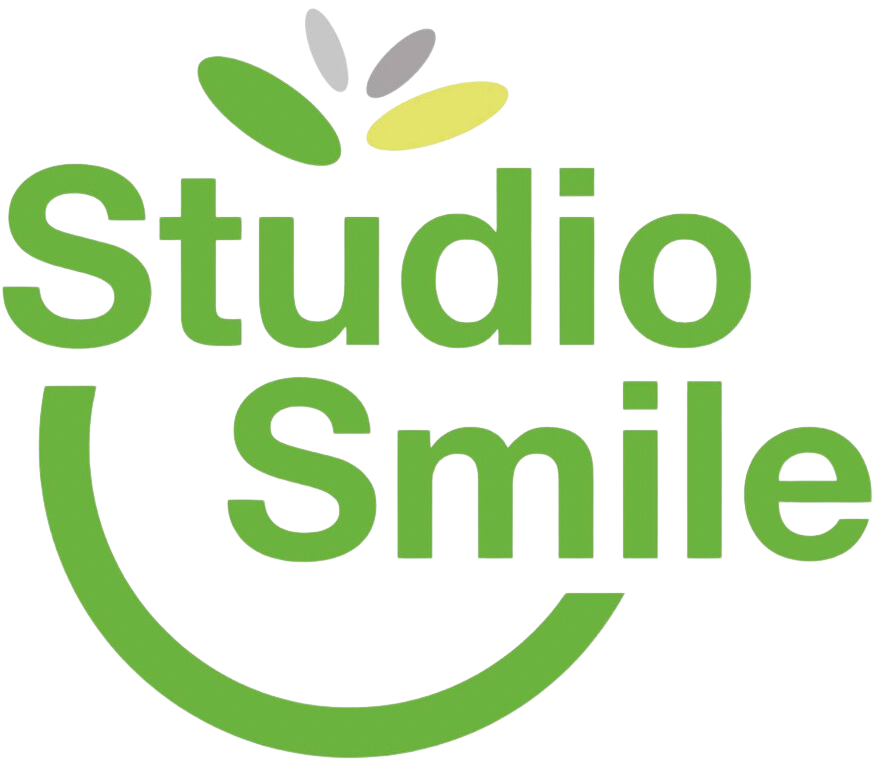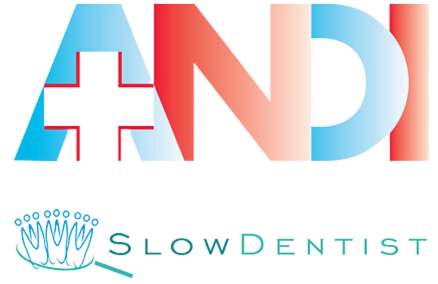DIAGNOSTICS BY IMAGES
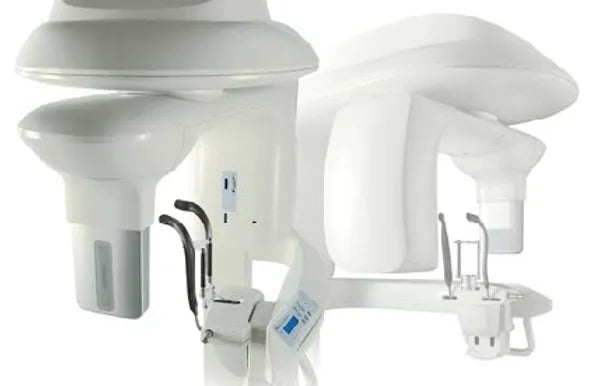
KODAK 9000 3D RADIOGRAPH
In dentistry, as in other medical specialties, often in addition to the clinical examination, the support of radiographic examinations is necessary for a more in-depth analysis and a more precise diagnosis.
In this practice a cutting-edge extraoral radiography system is available: "Kodak 9000 3D".
Here is why this system offers a substantial improvement in terms of treatment and services offered to the patient.
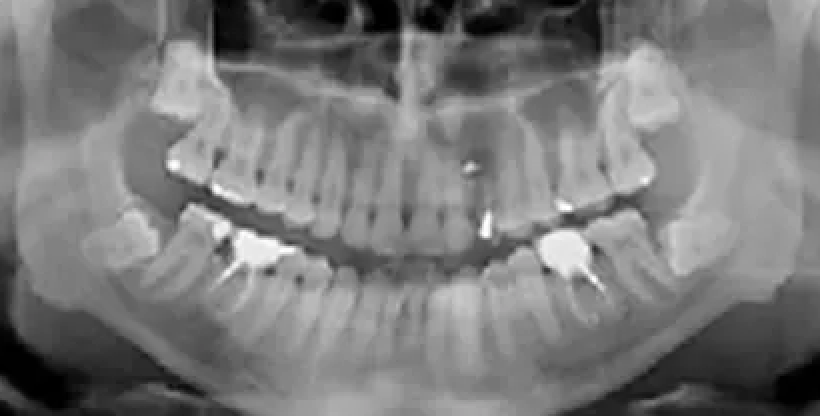
“TWO IN ONE” SOLUTION
This solution allows you to have a machine that allows you to obtain extraordinary two-dimensional and three-dimensional images, when necessary, thanks to the combination of the two technologies in a single device.
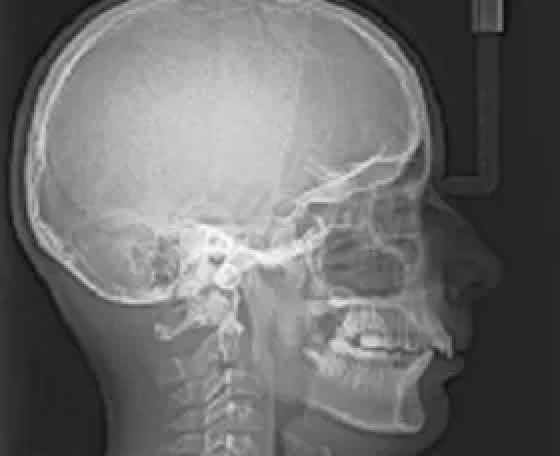
“THREE IN ONE” SOLUTION
TWO-DIMENSIONAL TECHNOLOGY
Panoramic images are the first fundamental step in most dental exams and treatments thanks to the complete vision they provide: in addition to the teeth in their coronal portion (the one visible when the patient opens his mouth while sitting in a chair) and radicular portion (the tooth in the bone), the panoramic images give initial information regarding the temporomandibular joints, the respiratory sinuses, the nasal septum, the state of health of these structures and the relationship they have between them (for example we can observe the proximity between the lower molars with the lower alveolar nerve that runs through the jaw or the relationship of an upper tooth with the maxillary sinus).
THREE-DIMENSIONAL TECHNOLOGY
It allows you to obtain anatomically perfect images avoiding having to interpret reality in an approximate way.
For a more accurate analysis, where a two-dimensional image is not sufficient, it is possible to take a "photograph" of only the interested area which allows us to have three-dimensional information of the object being studied.
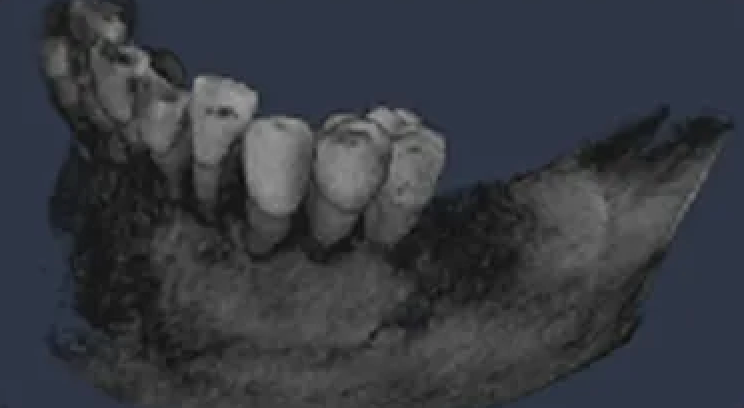
DOUBLE EFFECTIVE
The Kodak 9000 3D system presents two technologies (two-dimensional and three-dimensional) in a single machine allowing you to select the most appropriate choice from a computer program, switching from one mode to another without manual changes to the sensor.
PRECISE SYSTEM
Kodak 9000 3D employs a specific field of view for high-resolution images and optimal voxel sizes. It is ideal for local dental applications, even the most complex ones such as endodontic ones.
SECURE SYSTEM
Kodak 9000 3D reduces radiation exposure: improves image quality, ensuring greater patient protection.
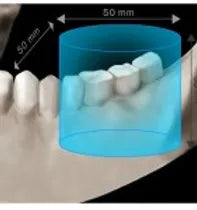
SIMPLE SYSTEM
During image acquisition, patient positioning is achieved comfortably and the use of laser aiming easily guarantees correct alignment. Furthermore, to help the operator, a pre-acquisition option is available in 3D mode which performs a double check of the correct positioning of the unit.
A NEW PERSPECTIVE
Thanks to this new way of observing oral structures and their related pathologies, it is possible to obtain all the useful information in detail in the examined volume, analyzed from all points of view and within the necessary topographic slices (i.e. each section in which it is cut the three-dimensional image both in width, length and height).
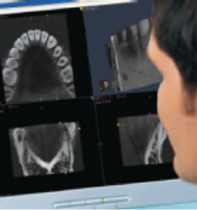
A NEW PRECISION
With three-dimensional images it is possible to obtain a precise visualization of the dental and oral structures in general in their spatial representation. It is possible to visualize the axial, coronal and sagittal topographic slices, i.e. analyze the object in question three-dimensionally. All this obviously provides a realistic and complete vision for a more precise diagnosis.
NEW APPLICATIONS
Kodak 9000 3D provides a wide range of applications including endodontics, implantology, surgery, evaluation of periapical lesions,
of fractures, oral pathology, etc.
DOUBLE EFFECTIVE
The Kodak 9000 3D system presents two technologies (two-dimensional and three-dimensional) in a single machine allowing you to select the most appropriate choice from a computer program, switching from one mode to another without manual changes to the sensor.
PRECISE SYSTEM
Kodak 9000 3D employs a specific field of view for high-resolution images and optimal voxel sizes. It is ideal for local dental applications, even the most complex ones such as endodontic ones.
SECURE SYSTEM
Kodak 9000 3D reduces radiation exposure: improves image quality, ensuring greater patient protection.
SIMPLE SYSTEM
During image acquisition, patient positioning is achieved comfortably and the use of laser aiming easily guarantees correct alignment. Furthermore, to help the operator, a pre-acquisition option is available in 3D mode which performs a double check of the correct positioning of the unit.
A NEW PERSPECTIVE
Thanks to this new way of observing oral structures and their related pathologies, it is possible to obtain all the useful information in detail in the examined volume, analyzed from all points of view and within the necessary topographic slices (i.e. each section in which it is cut the three-dimensional image both in width, length and height).
A NEW PRECISION
With three-dimensional images it is possible to obtain a precise visualization of the dental and oral structures in general in their spatial representation. It is possible to visualize the axial, coronal and sagittal topographic slices, i.e. analyze the object in question three-dimensionally. All this obviously provides a realistic and complete vision for a more precise diagnosis.
NEW APPLICATIONS
Kodak 9000 3D provides a wide range of applications including endodontics, implantology, surgery, evaluation of periapical lesions,
of fractures, oral pathology, etc.



SIMPLE, FLEXIBLE, FUNCTIONAL SOFTWARE

The dental imaging software is comprehensive, capable of producing two-dimensional and three-dimensional images. The 3D module is versatile, simple and effective as it integrates all the fundamental functions: measurements, multiplanar analysis, three-dimensional volume analysis and orthogonal views, just to name a few. The Kodak 9000 3D System produces images in “dicom” format, the international standard for medical imaging, and is controlled by the same Kodak dental image management software used for all digital Kodak systems.
